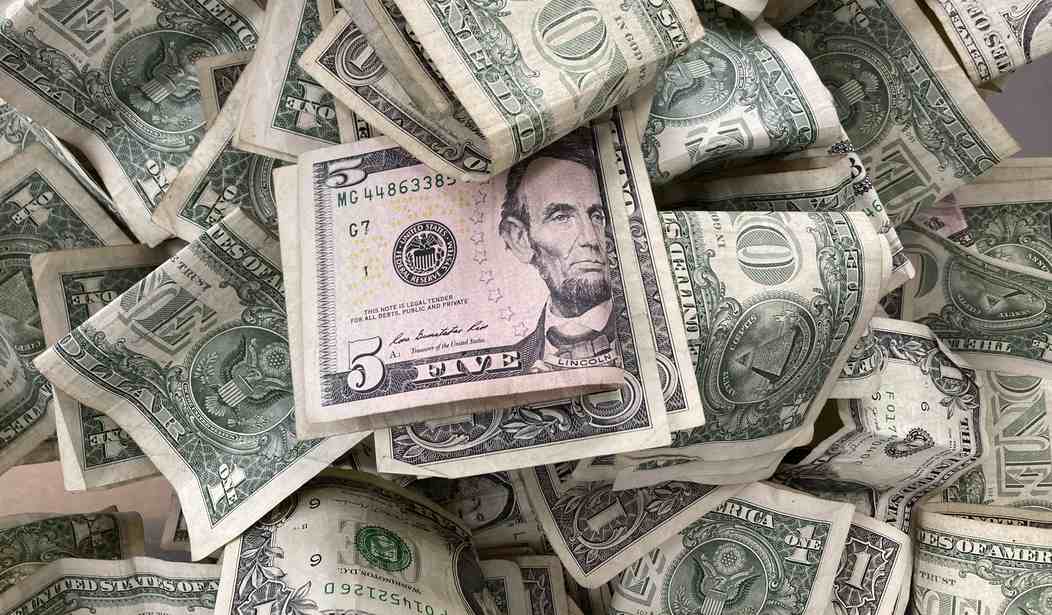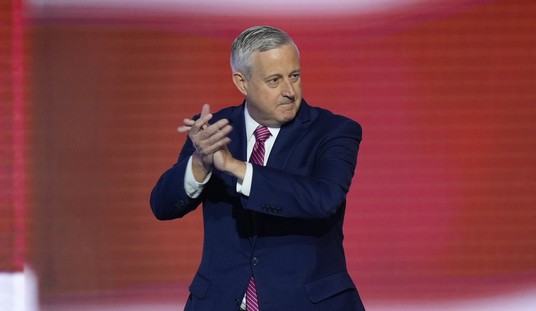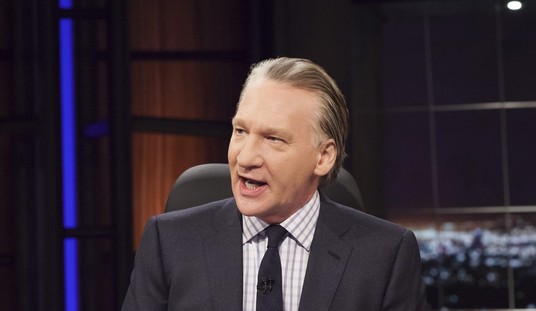In the early 1930s, the economy was in the midst of a very severe recession. At the time, the general belief was that no government corrective action was necessary since the economy would, if left alone, eventually self-correct. As a result, there was no expansionary action taken on either a monetary or fiscal policy basis. The severe recession got more severe and eventually resulted in the Great Depression.
During the mid-1930s, British economist John Keynes said the Depression could be ended by taking action to increase total demand in the economy. That could be accomplished either by cutting taxes for Americans, which would increase disposable income and eventually total demand or by simply having the government spend more money on public projects. Even if the government just hired people to "dig holes and fill them up again," the increase in income for these previously unemployed people would increase demand and get the economy growing.
When World War II arrived, the government did increase spending and the Depression did end. By the early 1960s, most economists subscribed to Keynes' view.
About that time, another group of economists said that using government spending to end the recession creates long-term problems because the deficits that result from this action tend to be long-lasting and would cause problems in the future. Instead, they argued, balance the budget but simply use changes in the money supply to regulate total demand. This policy became more widely accepted in the 1980s. Today, we have used a combination of both to end the recession, as evidenced by the federal government's massive increase in spending during the past two years and the maintenance of an expansionary monetary policy.
The problem is that these policies have led to inflation.
Recommended
Can these policies be used to reduce inflation? They can, but not without very negative side effects. Both government policies (fiscal and monetary) are geared to influence total demand. If action is taken to reduce demand, inflation will fall but the reduction in demand puts downward pressure on output. That means the economy could slow down and may even slide into another recession if the monetary policy is too aggressive.
In the early 1980s, the U.S. economy had a "stagflation" problem. In 1980, the inflation rate was 13.9%. The economy began to slow down which resulted in 10.8% unemployment by 1982.
The government recognized that the traditional actions that were taken to influence total demand could not solve the economic problems. Rather, it decided to take action to increase total supply. That would increase output, grow the economy and reduce unemployment while also putting downward pressure on prices.
It worked marvelously. Inflation eventually fell to about 3 percent and essentially stayed there for the next 40 years, Unemployment fell dramatically as the rate was cut in half before the end of the decade.
The 2018 federal income tax cut tax illustrated more supply-side success. By the end of 2020, the unemployment rate was 3.5% and the inflation rate was 1.8%
Another dose of supply-side economics is needed today. These actions would encourage businesses to produce more. This is generally accomplished by having the government create an environment that encourages new business formation and existing businesses to expand. We do this by reducing the tax burden on business owners, which creates new capital for expansion, and by reducing regulations that generally slow expansion.
Politically, these actions are difficult. Since business owners usually fall into the higher tax brackets, reducing their rates is often viewed as a "tax break for the rich." Creating more capital by reducing the tax rates on capital gains also fuels supply-side growth but is similarly viewed as a tax cut for the rich. Reducing regulations with the current political climate is also difficult.
President Ronald Reagan faced similar difficulties in 1981 and again in 1986. But he did convince people that those policies would solve the economic problems. And they did. We need a dose of supply-side economics today.
























Join the conversation as a VIP Member